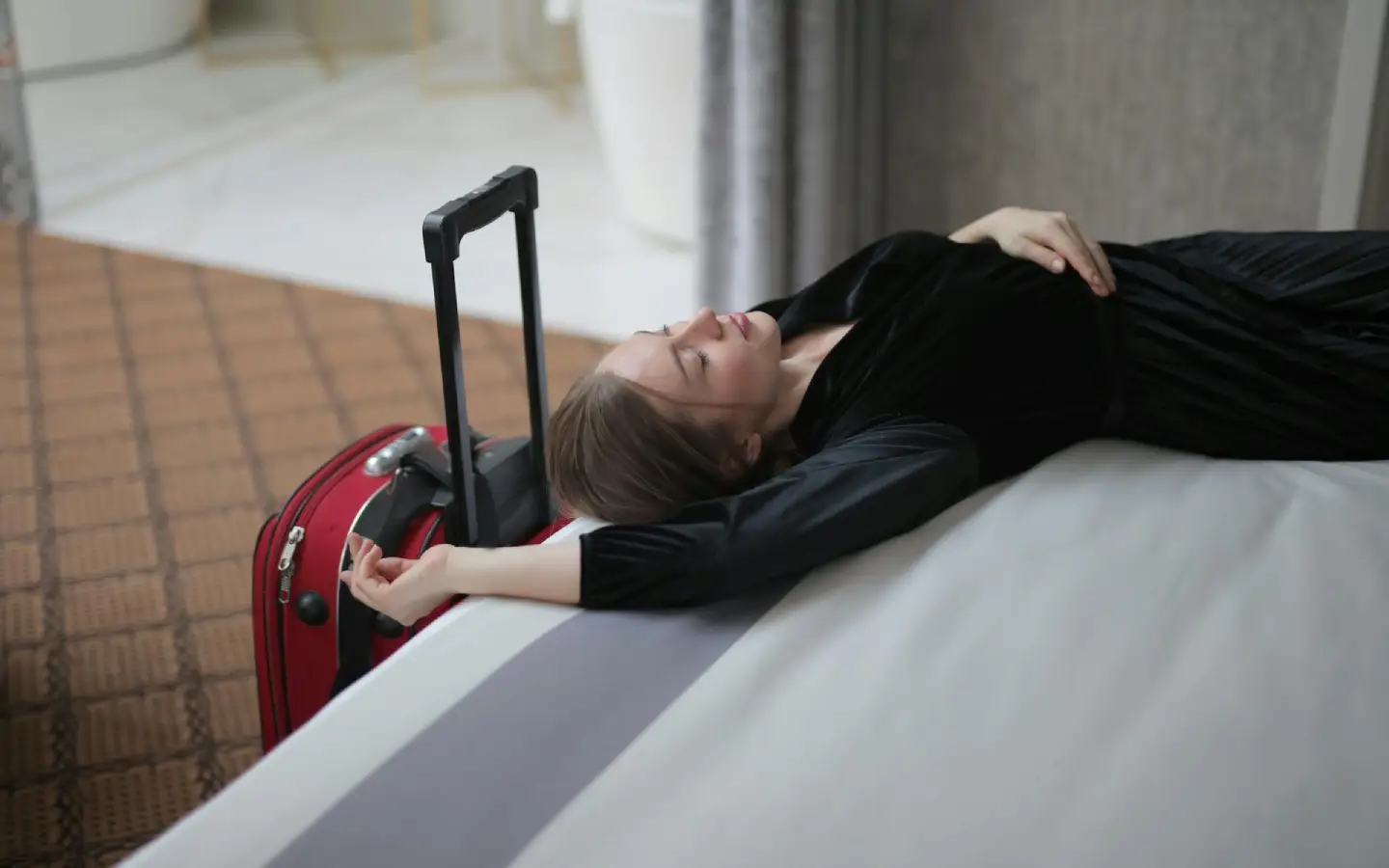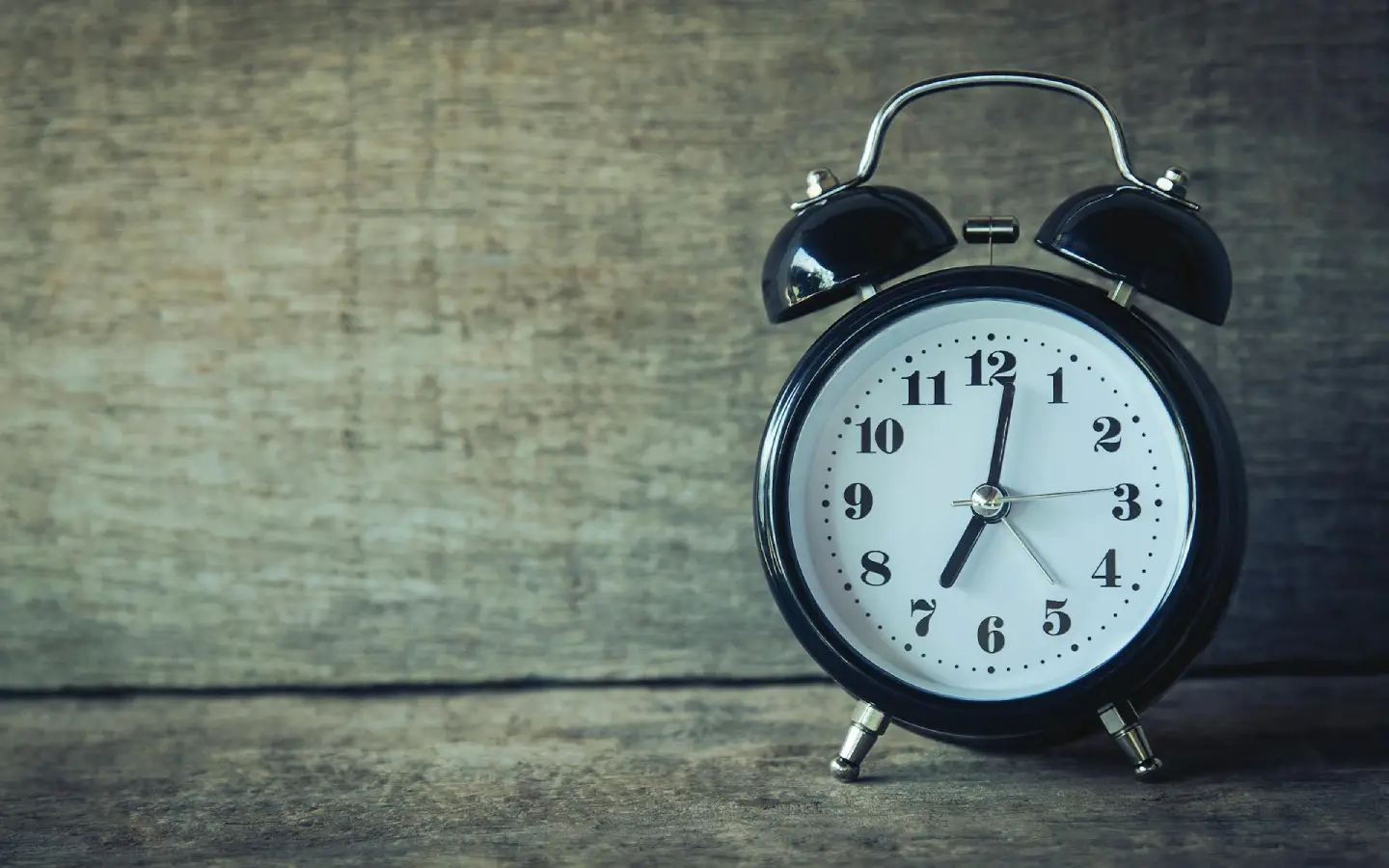October 6, 2025
The Best Recovery Tools for Athletes and How They All Lead Back to Sleep
Recovery is often talked about as something optional, a bonus if you have time. But in reality, recovery is what makes progress possible. Every workout, long day at the office, or period of stress places demands on both mind and body. Recovery is how those demands are repaired, adapted to, and turned into strength, energy, and resilience.
Professional athletes know this very well, which is why they treat recovery time with the same seriousness as training. But you do not have to be a professional athlete to benefit from the tools that support recovery. Biology is the same for everyone. What changes is how intentionally we use those tools.
And while there are many great health recovery aids out there, none of them can replace sleep. Sleep is when the most important repair work happens, and without it, every other method loses its effectiveness.
This article explores the best recovery tools for athletes and nonathletes alike, explains how each one helps, and shows why sleep remains the foundation of recovery.
Massage and Bodywork as Muscle Recovery Tools
Massage has been used in recovery for centuries because it directly helps muscles and connective tissue release tension. By applying pressure and movement, massage improves circulation and helps clear the metabolic waste that builds up during exertion.
Different massage styles are suited for different recovery needs:
- Sports massage focuses on specific muscle groups stressed by training. It helps reduce soreness, improve range of motion, and prepare muscles for the next session.
- Deep tissue massage targets layers of muscle beneath the surface, addressing chronic tightness and knots that limit movement.
- Swedish massage uses lighter, flowing strokes that promote relaxation and nervous system recovery in addition to circulation.
- Thai massage combines pressure with stretching, which improves flexibility and mobility while easing muscular tension.
At the same time, tools like foam rollers, massage balls, and massage guns are now widely used in professional locker rooms as well as in home gyms. They cannot replace the hands of a trained therapist, but they can help you take care of your body on a regular basis and to stop tightness before it turns into injury.

The Benefits of Cold and Heat Therapy in Recovery
Cold plunges and cryotherapy are used to reduce soreness and inflammation by constricting blood vessels and then promoting circulation as the body warms back up.
Some of the world’s most recognizable athletes and public figures – from NBA legends LeBron James and Stephen Curry to Serena Williams, Cristiano Ronaldo, Joe Rogan, and Patrick Mahomes – have spoken about using ice baths to help them recover both physically and mentally.
For some people, though, doing a full ice bath is not realistic. In such cases, applying ice packs to joints or muscle groups can still provide relief.
Heat, on the other hand, works differently. Saunas, steam rooms, heating pads, and warm baths increase circulation and help muscles relax, which can improve mobility and flexibility. Heat therapy is often recommended after the initial inflammation phase of an injury has passed, or as part of a regular routine to keep muscles loose.
Cold sharpens and resets the body after high exertion. Heat soothes and supports relaxation. Both can play a role in recovery, but neither replaces the deeper repair processes that only occur during sleep.
Compression Recovery Products for Athletes and Nonathletes
Compression therapy started in medicine, where it was used to improve circulation and prevent swelling after surgery or long periods of immobility. Over time, it found its way into sports recovery.
Professional teams and athletes often use pneumatic compression boots, like those from Normatec or Therabody, which inflate and deflate in cycles to help push fluid out of the muscles and bring in fresh blood. These systems are common in locker rooms and training centers, especially after games or long flights.
For everyday use, compression doesn’t have to be so high-tech. Sleeves and socks can also support circulation, reduce swelling, and ease the heavy-leg feeling that comes after hours of sitting, standing, or training. Runners often wear them during recovery runs, and people who travel frequently use them on long flights to avoid stiffness.
Nutrition as a Health Recovery Aid
What you eat after exertion matters as much as how you train. Food provides the raw materials your body needs to rebuild and repair.
Protein supplies the amino acids required to repair and strengthen muscle fibers. Athletes often include lean meats, fish, eggs, or plant-based proteins like tofu and lentils in their recovery meals. Carbohydrates restore glycogen, the body’s energy reserve, which gets depleted during intense activity. Whole grains, fruits, and starchy vegetables all play this role effectively.
Micronutrients are just as important. Magnesium supports muscle relaxation and nervous system balance. Zinc contributes to tissue repair. B vitamins help convert food into usable energy and support neurotransmitters that regulate mood and sleep. In our guide on foods that support sleep, we explained how many of these same nutrients also improve sleep quality, making them doubly important for recovery.
Proper hydration is just as essential for recovery as food. Electrolytes like sodium, potassium, and magnesium replace what’s lost through sweat and keep muscles functioning properly. This is why endurance athletes reach for electrolyte blends, while most people can get what they need through a balanced diet with plenty of fluids.
[CTA_INSERT]
Active Recovery and Stress Management
Recovery is not always about lying still.
Gentle movement plays a powerful role in keeping muscles loose and circulation flowing. Activities like walking, light cycling, swimming, or restorative yoga increase blood flow without adding extra strain. For most people, even a 20-minute walk after a heavy workout can reduce stiffness and help the body bounce back faster.
Stress management is equally important. The nervous system has two modes: the sympathetic state, which keeps you alert and ready, and the parasympathetic state, which allows recovery to take place. If stress dominates, your body struggles to make that switch, and sleep quality is the first to suffer.
The good thing is that there are ways to support this transition:
- Breathing techniques such as box breathing or 4-7-8 breathing calm the heart rate.
- Mindfulness meditation lowers stress hormones and helps the mind slow down.
- Journaling before bed can reduce racing thoughts.
Active recovery keeps the body moving. Stress management helps the mind let go. Together, they prepare the nervous system for the deep, restorative sleep where true recovery takes place.

Sleep as the Foundation of Recovery
Even the best recovery tools for athletes have their limits. True recovery happens during sleep, because it’s when the body carries out its most important repair work.
Recovery is not one single process. It includes repairing muscle fibers, restoring energy reserves, strengthening the immune system, and resetting the nervous system. These are not things you can fully achieve with massage, compression, or nutrition alone. They take place while you move through the different sleep stages, each with a distinct role.
Deep sleep is when the body handles physical repair and stores factual and skill memories. Muscles rebuild, tissues restore, and energy stores are replenished. This stage also strengthens immune defenses, which is why missing deep sleep leaves you more vulnerable to soreness and illness.
REM sleep focuses on mental recovery and connects memories with emotions and meaning. In this stage, the brain consolidates memory, processes emotions, and resets the nervous system. When you don’t get enough REM sleep, you lose focus more easily, you have slower reaction time, and managing stress becomes an issue.
Experts in sports science describe sleep as the single most effective recovery tool. Research shows that athletes who consistently sleep fewer than 8 hours are more likely to suffer injuries, while those who extend their sleep see measurable improvements in speed, accuracy, and decision-making. That’s why professional athletes protect their sleep with the same discipline they apply to training.
But while sleep duration matters, the quality of that sleep is just as important.
Deep and REM stages are where most of the physical and mental restoration occur, and improving those stages can make shorter nights more restorative. This matters especially if you’re a parent, a shift worker, or simply someone with a full schedule who can’t always get eight hours of sleep. Kimba supports this process by helping stabilize the nervous system and maintain balanced sleep cycles, allowing the body to recover more efficiently even when total sleep time is limited.
Sleep Deeper, Recover Better with Kimba
Sleep is where real recovery happens, but most of us know how easily it can be disrupted. Stress, restlessness, or even small changes in routine can fragment sleep and cut short the stages where the body and brain repair themselves. That is where Kimba comes in.
Kimba is the first personal limbic therapy system, designed to support the nervous system during sleep using scent. Unlike traditional aromatherapy that fades after a few minutes, Kimba works with the brain’s limbic system through short, precisely timed pulses of scent. This keeps the calming effect active throughout the night and helps the body stay in deeper, more restorative stages of sleep.
Kimba also adapts to you. On its own, it delivers scent pulses proven to reduce stress and support sleep quality. For those who already track health with wearables such as Oura, WHOOP, Apple Watch, or Garmin, Kimba can connect directly. When your body shows signs of stress, rising heart rate, or restlessness, Kimba responds instantly with scent designed to guide the nervous system back into balance.
This makes sleep more continuous, muscles repair more effectively, and the nervous system gets the reset it needs. For athletes, that can mean faster recovery and improved performance. For anyone else, it means waking up clear-headed, less stressed, and ready for the day ahead.
Want to improve your sleep quality and recovery at the same time?
👉 Join our waitlist and get early access to Kimba!


Continue reading

How Your Stress Hormone Influences the Way You Sleep



